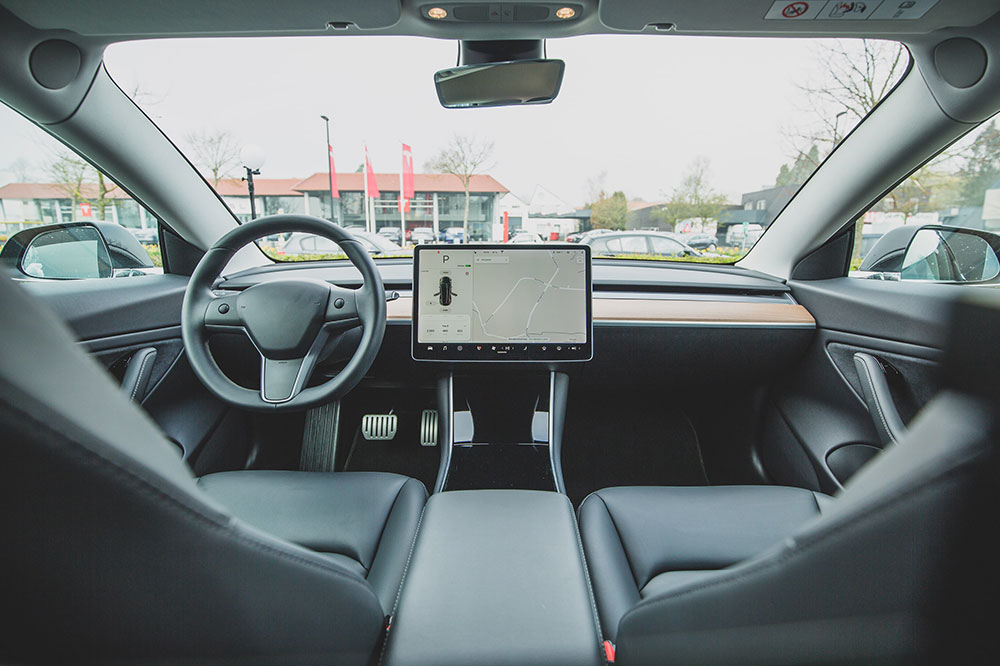
5 Beneficial Features of Self-Driving Vehicles
Self-driving vehicles are no more a figment of someone’s imagination as knowing how they work is now possible. Several companies have introduced this technology and are ready to revolutionize the automobile world. To help you understand better about these vehicles of the future, here’s everything you need to know about how self-driving vehicles work.
IoT sensors
There are several sensors that help in bringing autonomous cars to reality, and the Internet of Things (IoT) plays a big role in this. These include sensors used for collision warning, LiDAR, cameras, monitoring for the blind-spot, and ultrasonic sensors. All these sensors come together and work in harmony to allow self-driving vehicles offer top notch technology, navigation, and services to users.
Obstacle avoidance technology
One of the most important things about how self-driving vehicles work is that they come with a built-in map, which helps them work around obstacles. These maps give the vehicle information about the current as well upcoming locations. It gives information about static obstacles such as buildings as well as moving obstacles such as people who may come in the way. There are predefined shapes fed into the vehicle, which helps in determining and categorizing the obstacles on the way.
IoT connectivity
These vehicles make use of Cloud computing for reacting to weather, maps, traffic data, other vehicles and other similar information. These factors allow such cars to understand their surroundings better and make decisions accordingly. The edge-computing hardware can be used for easy computing tasks. So, the car needs to be connected to the Internet all the times.
Radar
This is one of the primary ways with which these autonomous cars can keep a watch on the road. This is in addition to other tools such as LiDar, cameras, and computer imagery, which are used for looking at what is on the road. Radar is a useful tool when it comes to driving through rough weather conditions. Under such circumstances, LiDAR might not function as effectively as Radar. Radar works on radio waves, which makes allows it to work equally efficiently on all days, under all weather conditions.
Mapping
Before it starts navigating, the vehicle will first make a map of the environment and then it will localize itself in the map. For this, it uses cameras and rangefinders. The laser rangefinders on the vehicle help in scanning the area using laser beams. Based on the time taken by the laser to reach the objects and back, the rangefinder then calculates its distance from various objects. Laser rangefinders are also beneficial in providing detailed information to the vehicle in no time. This allows the vehicle to form 3D maps for navigation purposes. Self-driving vehicles often collect data from the all the sensors and aggregate it to make a detailed map, which can be used to plan the path in the future.


